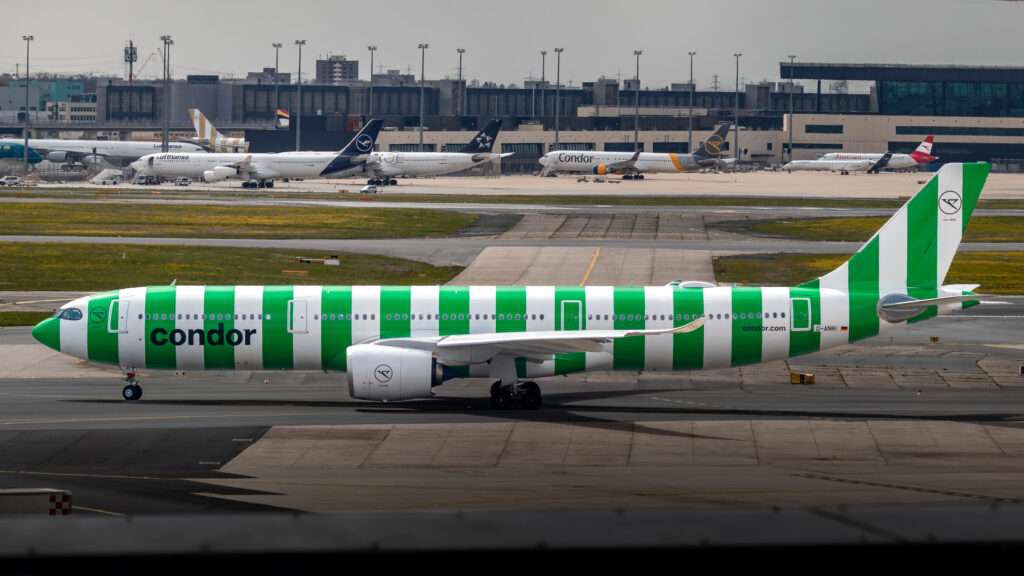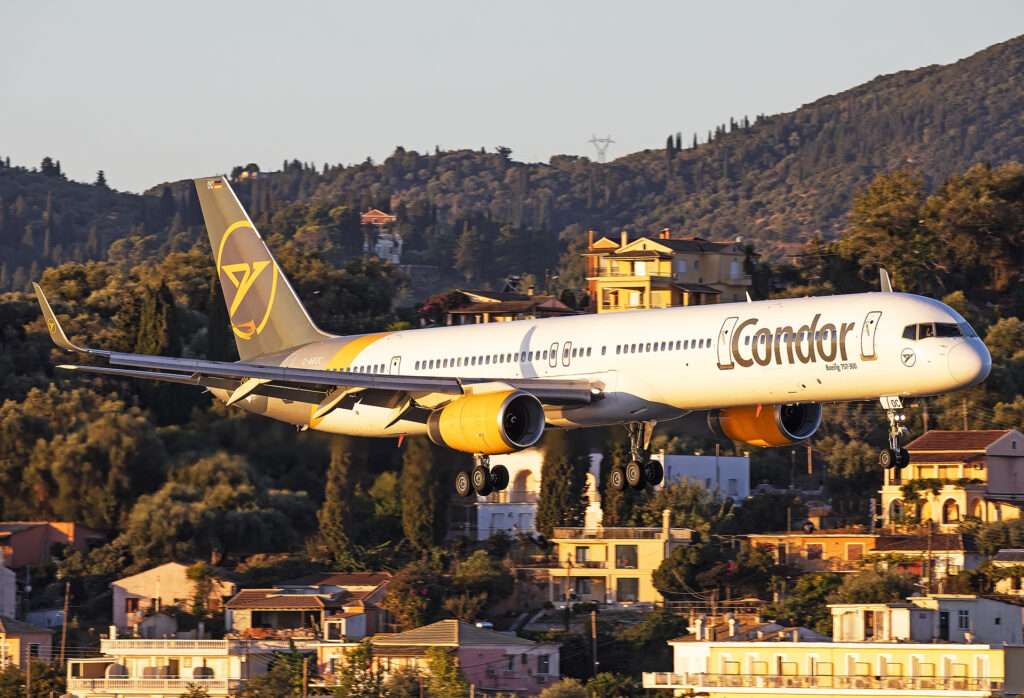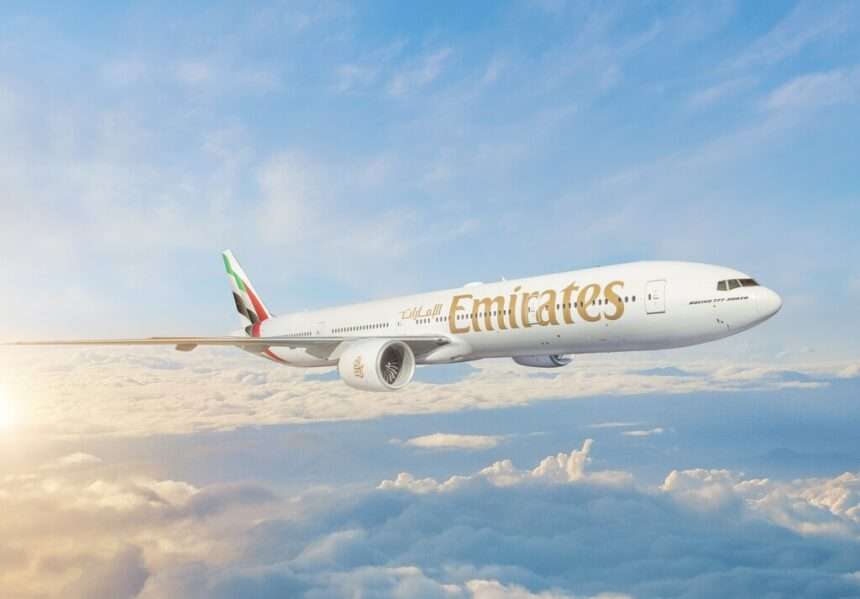Condor Airlines, a name synonymous with leisure travel for many, boasts a rich history intertwined with the evolution of German tourism.
From its humble beginnings in the mid-20th century to its present-day status as a leading vacation carrier, Condor’s journey reflects the ever-changing demands of the travel industry.
From Deutsche Flugdienst to Condor: Taking Flight (1955-1979)

The story of Condor begins in 1955 with the establishment of Deutsche Flugdienst GmbH.
Founded by a consortium of German giants – Norddeutscher Lloyd (shipping), Hamburg America Line (shipping), Deutsche Lufthansa (airline), and Deutsche Bundesbahn (railway) – the airline aimed to tap into the burgeoning tourist market.
Taking off from Frankfurt Airport, Deutsche Flugdienst’s initial fleet consisted of just three Vickers VC.1 Viking propeller aircraft, each carrying a mere 36 passengers.
Despite the modest beginnings, the airline quickly carved a niche for itself, offering tourist-oriented flights within Europe.
A significant turning point came in 1961 when Deutsche Flugdienst acquired its rival, Condor-Luftreederei.
This merger not only bolstered its position in the market but also provided the perfect opportunity for a rebrand.
Thus, Deutsche Flugdienst GmbH adopted the more evocative name, Condor Flugdienst GmbH, drawing inspiration from the majestic South American condor, a symbol of soaring freedom.
The late 1960s witnessed a period of significant expansion for Condor.
The airline embraced the growing demand for long-haul travel, launching its first services to exotic destinations like Thailand, Sri Lanka, and the Dominican Republic.
This strategic move solidified Condor’s place as a leader in the German leisure airline market.
Condor’s pioneering spirit extended to its fleet as well.
In 1971, the airline made history by becoming one of the first charter carriers to incorporate the revolutionary Boeing 747, also known as the “Jumbo Jet,” into its operations.
This marked a significant leap in capacity and passenger comfort, further solidifying Condor’s position as a major player in the skies.
Changing Ownership and Embracing the Jet Age (1980-2003)

The 1980s ushered in a new era for Condor.
In 1980, Deutsche Lufthansa AG, its original co-founder, divested its stake in the airline.
This shift in ownership paved the way for further growth and diversification.
Condor capitalized on the burgeoning jet age, phasing out propeller aircraft in favor of modern Boeing 757 and 767 jets during the early 1990s.
This modernization not only improved efficiency but also enhanced passenger experience.
Another noteworthy development of this period was the introduction of Condor Comfort Class, a separate cabin offering increased legroom and amenities.
This innovative move catered to a growing segment of travelers seeking a more comfortable long-haul experience, further solidifying Condor’s reputation for catering to diverse passenger needs.
The Thomas Cook Era and the Rise of Discount Travel (2000-2013)

The turn of the millennium brought another significant change in Condor’s ownership structure.
In 2000, Lufthansa began selling its remaining shares to the Thomas Cook Group, a major tourism conglomerate.
This merger led to a period of integration with other Thomas Cook airlines, culminating in the rebranding of the carrier as “Thomas Cook powered by Condor” in 2004.
However, the new moniker proved short-lived.
Recognizing the strong brand identity of Condor, the airline reverted to its original name in 2003.
This period also saw Condor embrace a new strategy – pioneering discount travel on long-haul routes.
By offering competitive fares, Condor opened up dream destinations like the Caribbean, Africa, and Asia to a wider range of travelers, democratizing air travel in the process.
Navigating Turbulent Skies: The Post-Thomas Cook Era (2013-Present)
The travel industry faced a major upheaval in 2019 with the collapse of the Thomas Cook Group. Condor, still partially owned by Thomas Cook, found itself in a precarious position.
However, the airline demonstrated remarkable resilience.
It successfully secured a bridging loan from the German government, allowing it to continue operations while seeking a new owner.
This period of uncertainty was finally resolved in 2020 when a consortium of investors, including investment firm Attestor Capital, acquired Condor.
This new ownership structure provided the airline with much-needed stability and allowed it to focus on recovery and growth in the post-pandemic era.
Today, Condor remains a leading leisure airline in Germany, offering an extensive network of destinations across Europe, Africa, Asia, the Americas, and the Caribbean.
The airline continues to embrace its core values of affordability, reliability, and comfort, ensuring a strong long-term future for years to come.

Click the banner to subscribe to our weekly newsleter.

Click the photo to join our WhatsApp channel so then you can stay up to date with everything going on in the aviation industry!








